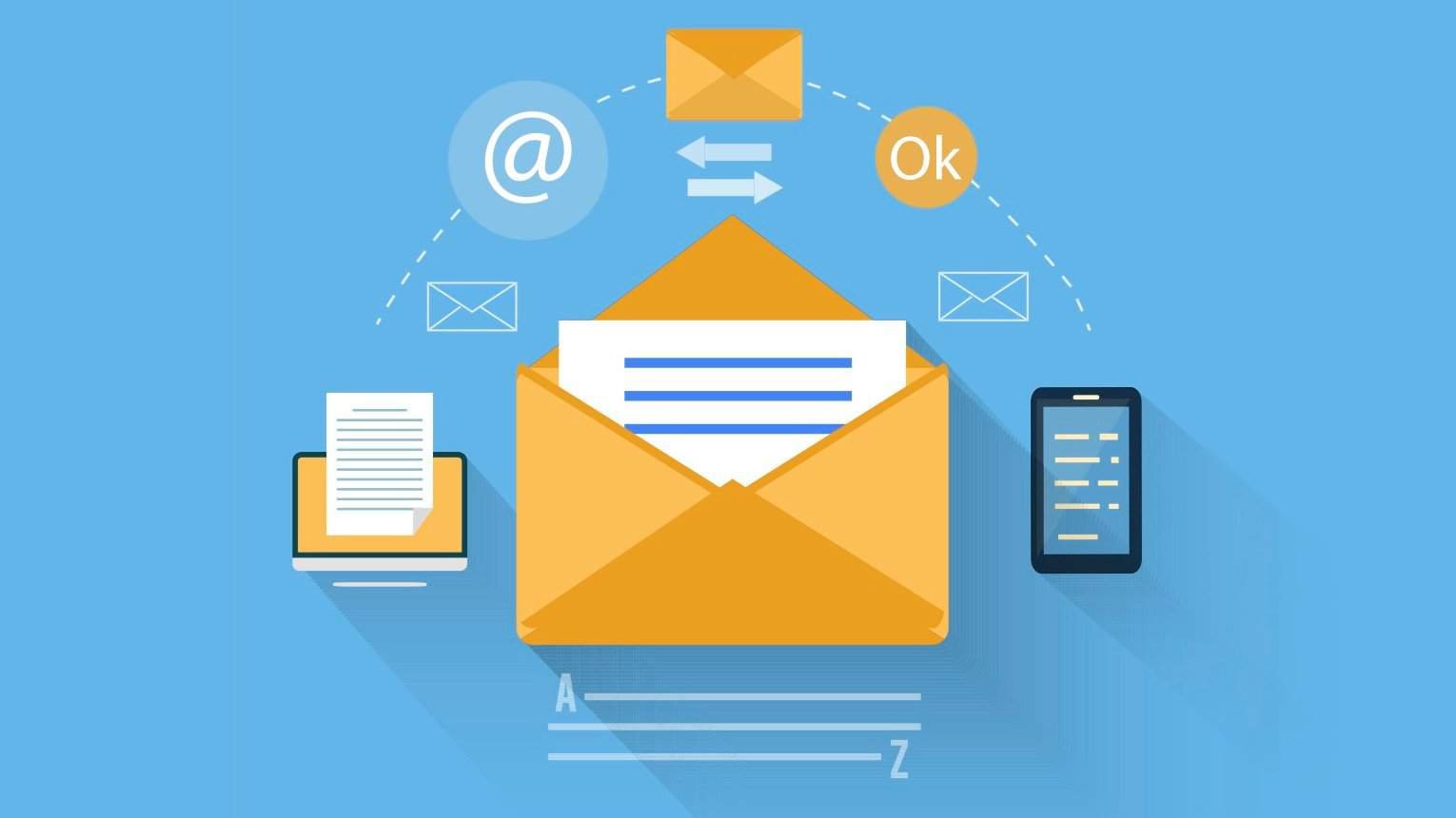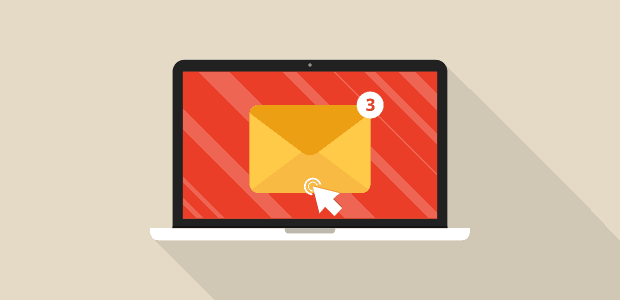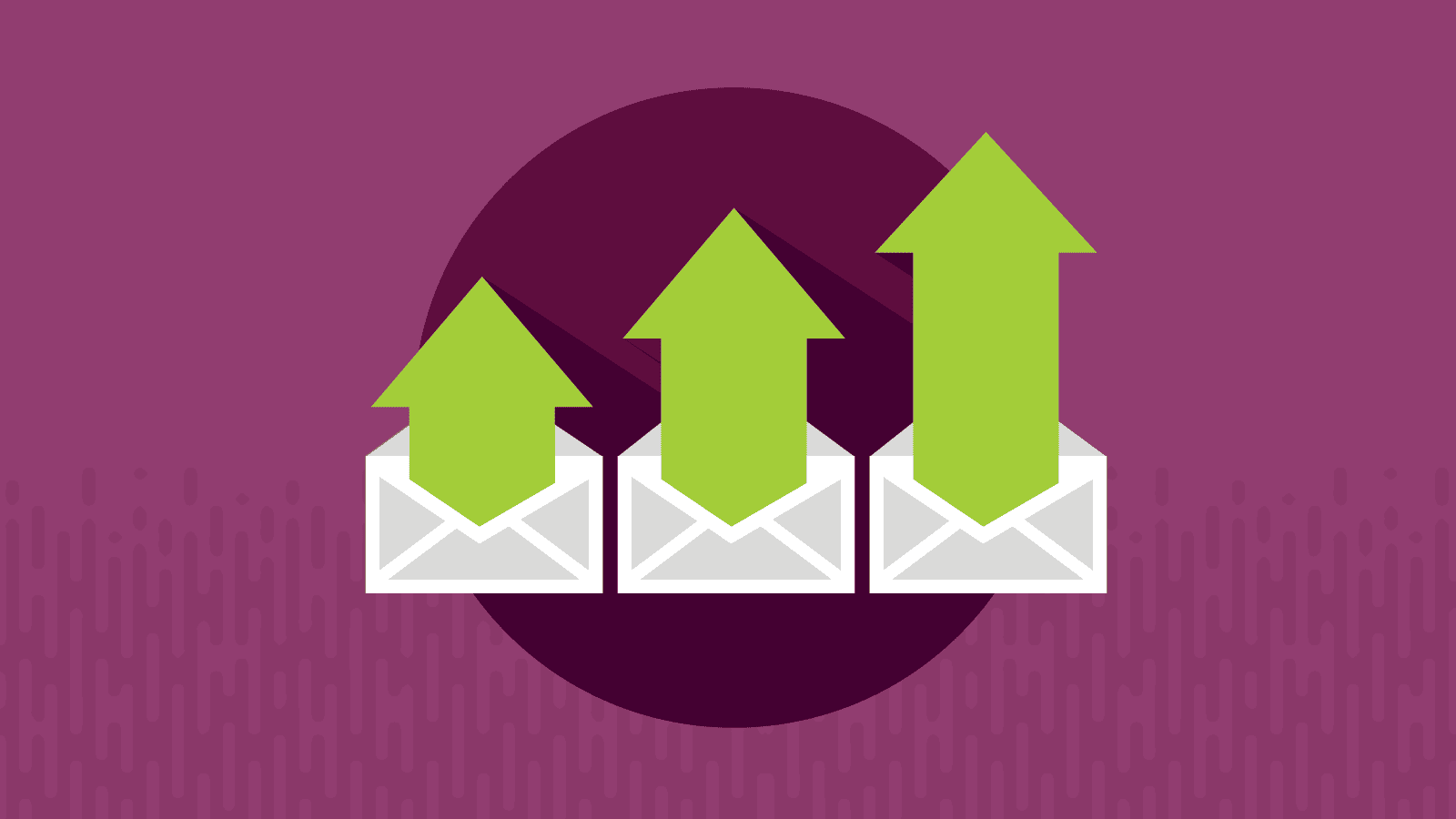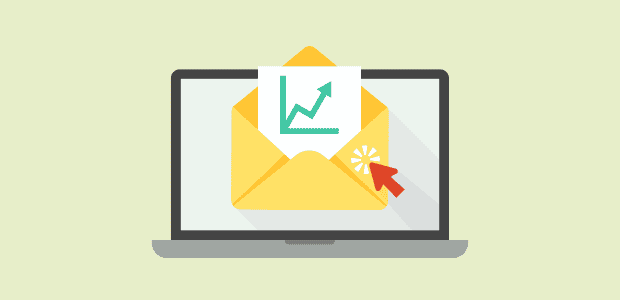What’s up, doing good? Great! So, now we’re going to talk about turning those curious website visitors into loyal customers and how email marketing can be your secret weapon. You know those people who land on your site, browse around, and then vanish into the internet abyss? We’re going to explore how to capture their interest, nurture those leads, and ultimately guide them towards making a purchase. Buckle up, it’s going to be a wild ride!
Cracking the Code: Email Lead Generation Best Practices
Let’s get down to the nitty-gritty. Here’s the inside scoop on how to make email lead generation work for you: First, focus on building a targeted email list by understanding your audience’s preferences and pain points. By employing strategic lead generation techniques, you can design personalized campaigns that resonate with your potential customers. Finally, analyze the performance of your emails consistently to optimize your approach and improve conversion rates.
Zeroing in on Your Dream Team—The Right Customers, That Is
Before you start crafting irresistible emails, you need to identify your ideal customer. Who are they? What are their pain points, aspirations, and online habits? This understanding will allow you to tailor your content, offers, and messaging to resonate deeply with the people most likely to become loyal customers.
The Irresistible Lure: Crafting a Killer Opt-in Offer
People don’t just hand over their email addresses for the fun of it. You need to offer something enticing in return. Think e-books, exclusive webinars, cheat sheets, templates, free trials, or discounts—anything that provides real value to your target audience.
The Content Upgrade Power Move
Think of content upgrades as the bonus level of lead generation. These are valuable additions to your existing content, perfectly aligned with what your readers are already interested in. For example, if you have a blog post about starting a garden, a content upgrade could be a downloadable checklist of essential gardening tools or a printable planting calendar. It’s a win-win: your readers get extra value, and you get another chance to capture those precious leads.

Simplicity Rules: Creating an Opt-in Form That Converts
Don’t overwhelm your visitors with a form that feels like a job application. Keep it short, sweet, and to the point. Ask for the essentials—name and email address—and consider adding one more field, like company or job title, if it’s relevant to your business.
Placement is Key: Strategic Opt-in Form Locations
Don’t make your visitors hunt for the sign-up button. Place opt-in forms strategically throughout your website:
- Homepage: Make a strong first impression and capture leads right away.
- Blog Posts: Offer content upgrades related to the topic.
- Checkout Page: Encourage sign-ups even during the purchase process.
- Pop-ups: Use behavior-triggered pop-ups, like exit-intent pop-ups, to capture leads who might be about to leave.
Landing Page Mastery: Your Conversion Command Center
Your landing page is where the magic happens. It’s a dedicated page designed to convert visitors into leads. Make sure it’s laser-focused on your opt-in offer, with compelling headlines, clear benefits, and a strong call to action. Every element should work together to guide visitors towards that sign-up button.
Email Automation: Your Secret Weapon for Nurturing Leads
Picture this: a lead signs up for your email list, and within minutes, they receive a personalized welcome email with a warm greeting and a link to that valuable content they signed up for. That’s the power of email automation! You can set up sequences of emails triggered by specific actions, such as signing up for your list, downloading a resource, or making a purchase. This allows you to nurture leads on autopilot, delivering timely and relevant content that moves them closer to becoming customers.
Welcome Emails: Make a Great First Impression
Your welcome email is your chance to set the tone for your relationship with new subscribers. Use it to:
- Thank them for signing up.
- Reiterate the value they’ll receive from your emails.
- Deliver on the promised opt-in offer.
- Set expectations for future communication.

Email Personalization: It’s Not Just a Name Game
Personalization goes beyond simply addressing your subscribers by name. It’s about understanding their interests, preferences, and past interactions with your brand and then using that information to tailor your email content accordingly. Here are a few personalization power moves:
- Segment Your List: Divide your subscribers into groups based on demographics, interests, behavior, or purchase history.
- Dynamic Content: Show different content blocks within your emails based on the subscriber’s segment or preferences.
- Behavioral Triggers: Send automated emails based on specific actions, such as website visits, content downloads, or abandoned shopping carts.
Content is King (and Queen!): Keep it Relevant and Engaging
Remember why people signed up for your emails in the first place—they’re looking for valuable content that solves their problems, educates them, or entertains them. Don’t disappoint! Consistently deliver high-quality content that aligns with their interests and keeps them coming back for more.
Types of content to keep them hooked:
- Blog Posts: Share excerpts or links to your latest articles.
- Newsletters: Curate industry news, tips, and insights.
- Case Studies: Showcase the success of your customers.
- Webinars: Offer in-depth training or presentations.
- Videos: Create engaging and informative video content.
A/B Testing: Your Email Marketing Laboratory
Don’t just guess what works—test it! A/B testing involves sending different versions of your emails to segments of your list to see which one performs better. This allows you to continuously optimize your subject lines, content, design, and calls to action, maximizing your open rates, click-through rates, and conversions.
List Hygiene: Keep it Clean and Sparkling
Just like you clean your house regularly (hopefully! ), you need to clean your email list. Remove inactive or unengaged subscribers to maintain a healthy list and improve your email deliverability. You can use email verification tools to identify invalid email addresses and segment your list to identify inactive subscribers.

Designing Emails That Dazzle
Subject Lines That Scream “Open Me!”
Your subject line is your first (and sometimes only) impression. It’s the gateway to your email content, so make it count! Here are some tips for writing subject lines that grab attention:
- Keep it concise: Aim for 60 characters or less.
- Use strong verbs and numbers. For example, “5 Tips to Boost Your Productivity” or “Download Your Free Guide Now!”
- Personalize it: Use the subscriber’s name or mention their interests.
- Create a sense of urgency or curiosity: For example, “Don’t Miss This Exclusive Offer!” or “You Won’t Believe What Happened Next…”
Brevity is Your Best Friend
Respect your subscribers’ time. Get to the point quickly and use clear, concise language that’s easy to scan and digest, especially on mobile devices.
A Picture is Worth a Thousand Words (and Clicks!)
Use high-quality images that enhance your message, evoke emotions, and break up the text, making your emails visually appealing.
Social Media Integration: Spread the Love (and Your Content)
Make it easy for your subscribers to share your content on social media by including social sharing buttons within your emails. This can help you expand your reach and drive more traffic to your website.
Call to Action: Tell Them What You Want Them to Do
Don’t leave your subscribers hanging! Every email should have a clear and compelling call to action that tells them what you want them to do next. Whether it’s visiting a website, downloading a resource, or making a purchase, make the next step obvious and easy.
Conclusion
Email marketing, when done right, is a powerful tool for transforming prospects into loyal customers. By implementing these strategies, you can capture leads, nurture relationships, and drive sales, all while providing value to your audience. With targeted messaging and personalized content, you can ensure that your emails resonate with your recipients, making them more likely to engage with your brand. Embracing automation allows you to maintain consistent communication without sacrificing quality, further enhancing the customer experience. Ultimately, consider email marketing as your secret weapon in building lasting connections that lead to increased customer loyalty and growth. To maximize the potential of your campaigns, it’s essential to refine your approach and analyze the data you collect. Embracing the right email marketing strategies for success can enhance engagement and improve conversion rates. By continually optimizing your content and personalization efforts, you can ensure that your emails resonate with your audience and drive meaningful results.
So, what are you waiting for? Start building your email list, crafting those irresistible opt-in offers, and watching your business soar!
FAQs
How often should I send emails to my subscribers? There’s no one-size-fits-all answer, but the key is to find a balance between staying top-of-mind and not overwhelming your subscribers. Start with a weekly or bi-weekly cadence, and monitor your open and click-through rates to see what works best for your audience. You can always adjust your frequency based on engagement levels.
What tools do I need for email marketing and lead generation? There are many fantastic tools available, ranging from basic email marketing platforms to sophisticated marketing automation suites. Choose tools that align with your budget, technical skills, and business needs. Here are a few categories to consider:
- Email Marketing Platforms: Sender, Mailchimp, Constant Contact, ActiveCampaign, etc.
- Landing Page Builders: Leadpages, Unbounce, Instapage, etc.
- CRM (Customer Relationship Management) Systems: Salesforce, HubSpot, Zoho, etc.
- Analytics Tools: Google Analytics, email platform analytics dashboards, etc.
What are some common mistakes to avoid in email marketing? Here are a few pitfalls to watch out for:
- Buying email lists: This is a big no-no! It’s not only unethical, but it can also damage your sender’s reputation and lead to high spam complaints.
- Not segmenting your list: Sending generic emails to your entire list can lead to low engagement and unsubscribes.
- Ignoring mobile optimization: Make sure your emails look great and function properly on all devices, especially smartphones.
- Not testing and analyzing your results: Email marketing is an ongoing process of optimization. Track your key metrics (open rates, click-through rates, conversions) and use A/B testing to refine your strategies.

